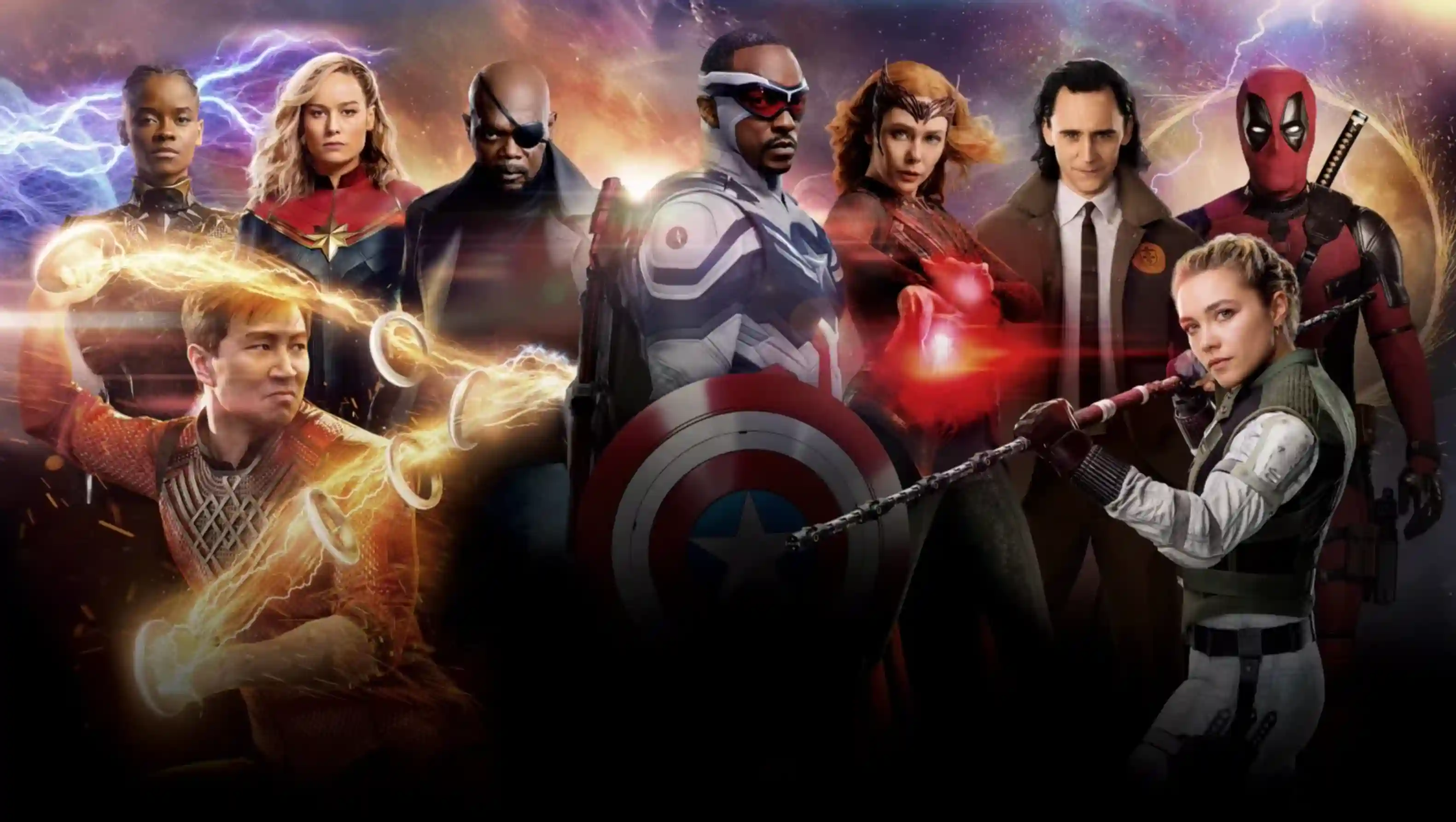Win And Drive Sales With The Power Of Narrative
Updated on
Published on

Storytelling is a powerful tool that brands can use to convey their message effectively. It's the art of creating a captivating story that captures the audience's attention, draws them in, and elicits an emotional response. Through storytelling, brands can differentiate themselves from competitors, build emotional connections with their customers, and ultimately drive sales. To make a marketing story successful, it must be authentic, relatable, and resonate with the target audience's values and aspirations.
One of the prime examples of effective storytelling in marketing is Coca-Cola's "Share a Coke" campaign. This campaign involved personalizing Coke bottles with people's names, encouraging customers to buy bottles with their friends' and family's names on them. The campaign was a massive success, tapping into customers' emotions and creating a sense of personalization and connection with the brand. The campaign succeeded because it created a new kind of social interaction with the product, where customers could share their Coke bottles with their loved ones, friends, and colleagues, creating a unique experience and strengthening the brand's relationship with its customers.

Moreover, the campaign also reflected Coca-Cola's brand values and messaging. The brand has always been known for promoting happiness, joy, and sharing. The "Share a Coke" campaign perfectly aligned with these values, creating a marketing story that was both authentic and relatable to its target audience.

Another excellent example of storytelling in marketing is Airbnb's "Belong Anywhere" campaign. The campaign aimed to promote Airbnb's mission to connect people from different cultures and backgrounds by offering unique accommodation experiences. The campaign featured videos and stories of Airbnb guests sharing their experiences, showcasing how the brand provides a sense of belonging, community, and adventure. The campaign was highly successful in creating an emotional connection with the target audience, highlighting the brand's values, and ultimately driving sales.
What is storytelling in marketing and branding?
Storytelling can be used to convey messages, ideas, and values, in the context of marketing, storytelling involves creating a narrative that communicates a brand's message to its target audience. It's a way to engage customers on an emotional level, create a connection with them, and ultimately drive sales. To create a compelling marketing story, a brand must first understand its target audience's needs and aspirations. A successful marketing story should not only capture the audience's attention but also resonate with them on a personal level. It should tap into the audience's emotions and create a sense of shared experience, building a relationship between the brand and the customer. A powerful story can evoke a range of emotions, from happiness and joy to empathy and sadness, depending on the brand's message and the audience's values.

A good marketing story should be authentic, transparent, and consistent with the brand's values and messaging. In a world where consumers are increasingly skeptical of brands and their messaging, authenticity is crucial. A brand's story must be honest and transparent, and it should reflect the brand's values and identity.
When crafting a marketing story, brands should consider various storytelling techniques, such as using metaphors, analogies, and symbolism. These techniques can help create a more engaging and memorable story that captures the audience's attention and resonates with them. For example, a brand could use a metaphor to convey its message, such as "Our product is like a warm hug on a cold day." This creates an emotional connection with the audience and helps them understand the product's benefits in a relatable way.
Furthermore, brands can use different types of storytelling, such as visual storytelling, to create an even more impactful narrative. Visual storytelling can include images, videos, and graphics that help convey the brand's message in a more engaging and memorable way. These visuals can be used to evoke emotions, highlight the brand's values, and create a unique brand identity.
The power of storytelling in marketing and branding;
- Emotional connection
One of the most significant benefits of storytelling in marketing and branding is the emotional connection it can create between a brand and its customers. By creating a narrative that resonates with customers, businesses can tap into their emotions, build trust, and foster loyalty. An emotional connection can help customers see a brand beyond just the product or service they offer and can lead to long-term relationships.

- Differentiation
In a world where there are countless brands offering similar products or services, storytelling can be a powerful way to differentiate a brand from its competitors. A unique brand story can set a business apart and create a distinct identity that resonates with customers. By focusing on their brand story, businesses can stand out and create a compelling reason for customers to choose them over their competitors.
- Increased engagement
A well-crafted story can capture customers' attention and keep them engaged for longer. Customers are more likely to remember a story than a list of product features or benefits. A story can create a sense of excitement and anticipation, making customers more likely to engage with a brand and its content.

- Improved brand recognition
A strong brand story can improve brand recognition and recall. Customers are more likely to remember a brand that has a compelling story than one that does not. A brand story can help create a memorable brand identity, making it easier for customers to recognize and recall the brand in the future.

How to use storytelling;
- Define your brand story
The first step in using storytelling in marketing and branding is defining your brand story. Start by thinking about what makes your brand unique, what inspired you to start your business, and what values drive your brand. Use these elements to craft a compelling story that resonates with your target audience.
- Choose the right platform
Once you have your brand story, think about the best way to tell it. Choose the right platform for your story, whether it's social media, your website, or a video. Each platform has its own strengths and weaknesses, so choose the one that best aligns with your brand story and your target audience.

- Use visuals
Visuals can be a powerful tool in storytelling, so use them to your advantage. This can be done by incorporating images, videos, or other graphics that help bring your story to life and make it more memorable. Visuals can also help capture your audience's attention and create a more immersive experience.
- Keep it simple
While your brand story should be compelling and engaging, it's essential to keep it simple. Avoid overcomplicating the story, as this can lead to confusion or disinterest. Instead, focus on the key elements of your brand story and use simple language to convey your message effectively.
- Be authentic
Authenticity is crucial in storytelling for marketing and branding. Customers can tell when a story is contrived or inauthentic, and this can lead to a loss of trust or credibility. Ensure that your brand story is genuine, and reflects the values and personality of your brand accurately.

- Continuously evolve your story
A brand story is not a one-time event. It should be continuously evolving to reflect changes in the business, the market, and customer needs. As your brand grows and evolves, update your story to reflect the current state of your business and stay relevant to your target audience.
All being said, storytelling is a powerful tool for marketing and branding. By creating a compelling narrative that resonates with your target audience, businesses can build emotional connections, differentiate themselves from competitors, and ultimately drive sales. To use storytelling effectively, define your brand story, choose the right platform, use visuals, keep it simple, be authentic, and continuously evolve your story. With these tips, businesses can tap into the power of storytelling and build a stronger, more memorable brand.







